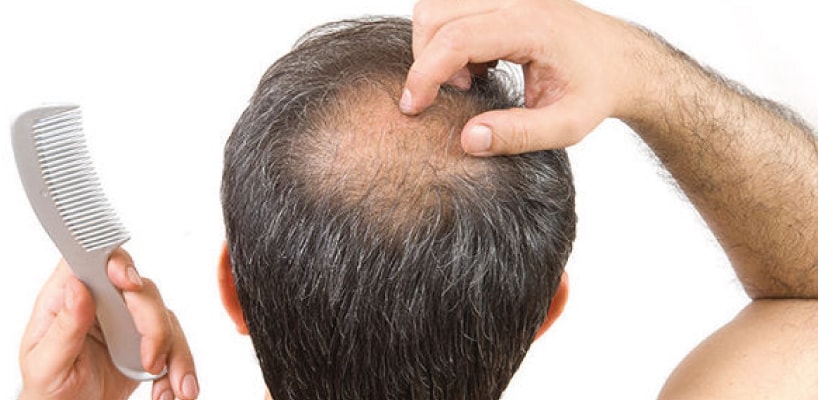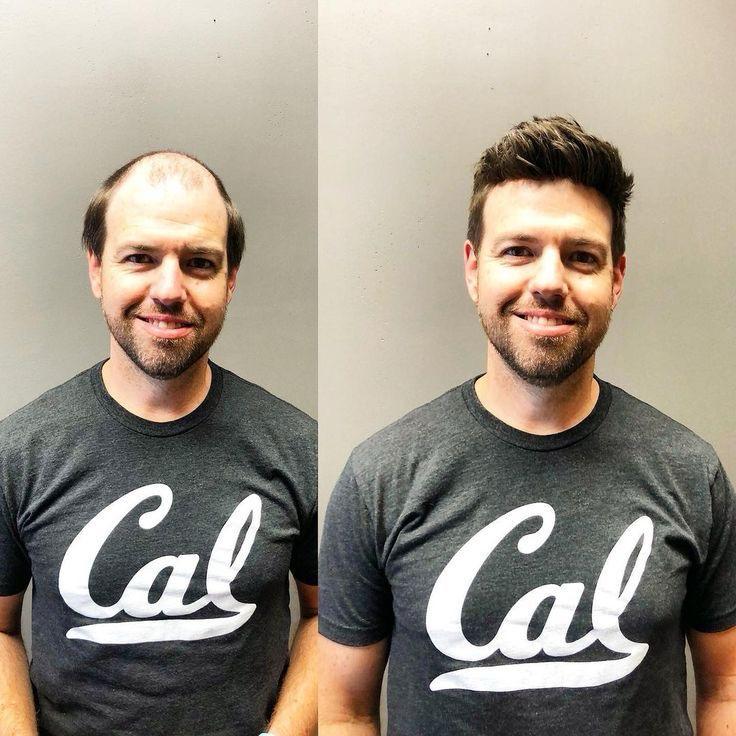Non-Surgical Hair Replacement Service: A Comprehensive Guide
Introduction to Non-Surgical Hair Replacement
Hair loss can be a frustrating and confidence-shattering experience, but thanks to modern innovations, there are more solutions than ever to restore the appearance of a full head of hair. Among these solutions, non-surgical hair replacement stands out for its convenience, effectiveness, and non-invasive nature. But what exactly is non-surgical hair replacement, and why should you consider it over other options?
Non-surgical hair replacement is a method of restoring hair without the need for surgical intervention, such as hair transplants. It involves the use of custom-made hair systems that are applied to the scalp, creating the appearance of natural hair. This service is ideal for those seeking a quick, pain-free solution to hair loss that offers immediate, visible results.
The Growing Popularity of Non-Surgical Hair Replacement
In recent years, the demand for non-surgical hair replacement services has surged. This rise in popularity can be attributed to several factors:
- Rising Demand for Hair Restoration Solutions: With increased awareness around hair loss solutions and a greater emphasis on personal appearance, more people are seeking ways to address thinning hair or bald spots.
- Celebrities and Influencers Popularizing Non-Surgical Methods: Celebrities and influencers often openly discuss their hair restoration journeys, leading many to consider these services. As a result, non-surgical hair replacement has become a go-to option for many individuals looking to restore their hair quickly and discreetly.
How Non-Surgical Hair Replacement Works
The process of non-surgical hair replacement involves the creation of a custom hair system that blends seamlessly with your natural hair. Here’s a breakdown of how it works:
- Initial Consultation: The first step involves meeting with a hair replacement specialist who will assess your hair loss pattern, texture, and color to create a hair system that matches your unique needs.
- Custom Hair System Creation: A mold or template of your scalp is created to ensure the system fits perfectly. Then, hair strands—made from either human or synthetic fibers—are hand-tied onto a base that mimics the scalp.
- Application and Styling: The hair system is applied to your scalp using medical-grade adhesives. Once applied, it is styled to match your desired look.
- Follow-Up Care: After the initial application, regular maintenance and adjustments are necessary to ensure the hair system remains in optimal condition.

Who Can Benefit from Non-Surgical Hair Replacement?
Non-surgical hair replacement isn’t just for individuals experiencing total hair loss. It can benefit a wide range of people, including those with:
- Thinning Hair: Those with thinning hair can use partial systems to add volume and fullness.
- Bald Spots: Hair systems can cover specific areas affected by hair loss.
- Alopecia or Other Medical Conditions: Those with alopecia, chemotherapy-induced hair loss, or similar conditions can achieve a natural look with a hair system.
Pros of Non-Surgical Hair Replacement
Why do so many people choose non-surgical hair replacement? Here are some of the top benefits:
- Immediate Results: You can walk into the salon with thinning or no hair and leave with a full, natural-looking head of hair.
- Pain-Free and Low Risk: Since no surgery is involved, there’s no need for anesthesia, scalp incisions, or recovery time.
- Customizable and Natural Look: Hair systems are tailored to match your hair color, texture, and desired style, creating a realistic appearance.
Cons of Non-Surgical Hair Replacement
While non-surgical hair replacement offers many benefits, there are a few potential downsides to keep in mind:
- Requires Maintenance: Regular upkeep is necessary to ensure the system remains clean, secure, and in good condition.
- Not a Permanent Solution: Unlike hair transplants, hair systems need to be replaced after a certain period.
- Potential for Discomfort in Hot Weather: Some individuals may find the adhesives and base materials uncomfortable in hot or humid conditions.
Types of Non-Surgical Hair Replacement Systems
There are several different types of non-surgical hair systems to choose from:
- Full Head Hair Systems: These cover the entire scalp and are ideal for those with extensive hair loss.
- Partial Hair Systems: Designed to cover specific areas of hair loss, these systems add volume and fullness where needed.
- Lace and Skin Hair Systems: Lightweight and breathable, lace systems offer a natural hairline, while skin systems mimic the scalp and provide durability.
What to Expect During a Non-Surgical Hair Replacement Appointment
A non-surgical hair replacement appointment typically includes:
- Initial Consultation: This involves assessing your hair loss and creating a custom plan.
- Fitting and Styling: Once your hair system is ready, it is applied and styled to suit your preferences.
- Follow-up Care and Adjustments: Regular follow-up visits ensure the hair system remains in top condition and fits comfortably.
How Long Does Non-Surgical Hair Replacement Last?
The lifespan of a hair system varies based on the materials used, how well it’s cared for, and environmental factors. Most systems last anywhere from 3 months to a year, with proper maintenance extending their longevity.
Cost of Non-Surgical Hair Replacement
The cost of non-surgical hair replacement can vary greatly, depending on factors such as:
- Hair Type: Human hair systems tend to be more expensive than synthetic options.
- Customization: Fully customized systems will cost more than pre-made ones.
- Maintenance: Regular maintenance visits also add to the overall cost.

Maintenance and Care of Non-Surgical Hair Systems
Taking care of your hair system involves regular cleaning, styling, and maintenance. You’ll need to:
- Use specialized products designed for hair systems.
- Gently clean and detangle the hair regularly.
- Visit your specialist for routine maintenance to ensure the system stays secure and looks natural.
The Difference Between Wigs and Hair Systems
While both wigs and hair systems can cover hair loss, they differ in several key ways:
- Hair Systems Offer a Seamless Experience: Unlike traditional wigs, hair systems are bonded to the scalp, making them feel and look more natural.
- Customization: Hair systems are tailored to your specific needs, while wigs often come in pre-set styles.
Non-Surgical Hair Replacement vs. Hair Transplants
Non-surgical hair replacement and hair transplants are two different approaches to hair restoration:
- Non-Surgical: Ideal for those who want immediate results without the need for surgery.
- Hair Transplants: Better suited for those seeking a permanent solution, though it requires surgery and a longer recovery period.
Success Stories and Testimonials
Many people have found incredible success with non-surgical hair replacement. Real-life testimonials show how this solution has helped individuals regain their confidence and enhance their appearance.
Conclusion
Non-surgical hair replacement is an excellent option for those seeking an immediate, natural-looking solution to hair loss without the risks of surgery. While it requires some maintenance and isn’t a permanent fix, the benefits often outweigh these drawbacks. Whether you have thinning hair, bald spots, or total hair loss, non-surgical hair systems can provide a convenient and effective solution.
FAQs
- How long does non-surgical hair replacement last?
- Most systems last between 3 months and a year, depending on care and maintenance.
- Is non-surgical hair replacement painful?
- No, the process is entirely pain-free, unlike surgical hair transplants.
- Can I swim with a non-surgical hair system?
- Yes, many hair systems are water-resistant, but it’s essential to follow your specialist’s care instructions.
- How often do I need to maintain my hair system?
- Maintenance is typically required every 4-6 weeks to ensure the system stays in optimal condition.
- Can non-surgical hair replacement look natural?
- Absolutely! With custom fitting and high-quality materials, modern hair systems can look indistinguishable from natural hair.





